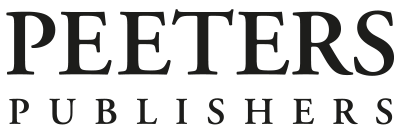

 0
FR
0
FR

The monastery of Horomos is situated on the right bank of the Axurean
river, about 5 km as the crow flies to the north-east of Ani, the
Armenian "city of 1000 churches". When the monastery was founded (c.
930), Ani was still little more than a fortress. Soon, however, Ani grew
into a royal city (960) and the see of the Catholicos (992), while the
humble monastic congregation became the "rest place of the Kings", the
chaplaincy of the capital, an important cultural centre and showcase of
Bagratid architecture. It continued to develop and prosper up to the end
of the 13th century.
From the 19th century onwards, the site was
visited by learned travellers, who described the monuments and
transcribed their inscriptions. About 1910, the famous historian of
Armenian arts, T'oros T'oramanean, drew complete plans and elevations of
the extant buildings, with a detailed account of their decoration. In
1920, however, Turkey annexed the province of Kars and Horomos was
included in a military zone, inaccessible to archaeological research.
Only in 2013 and 2014, were Armenian visitors able to penetrate the site
again and to take new photographs of monuments and inscriptions.
The present volume, with contributions by six authors, takes a fresh
look at the site, providing exhaustive updated information. A
comprehensive study of the history of the monastic congregation from the
10th to the 20th century is followed by a general survey of the
architecture, a detailed examination of a new kind of monastic
structure, the zamatun, endowed with rich symbolic decoration, a
decipherment of the crosses and xac'k'ars, a review of the
manuscript output of the scriptorium, and finally, an epigraphic corpus
providing both a photograph and a drawing for each extant inscription,
thus ensuring a much more complete and reliable text than in all
previous editions and translations.



